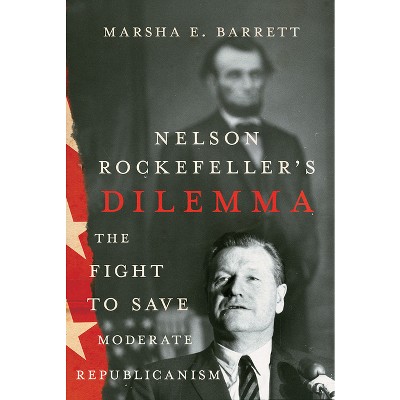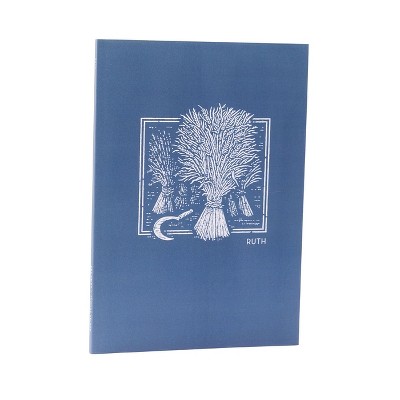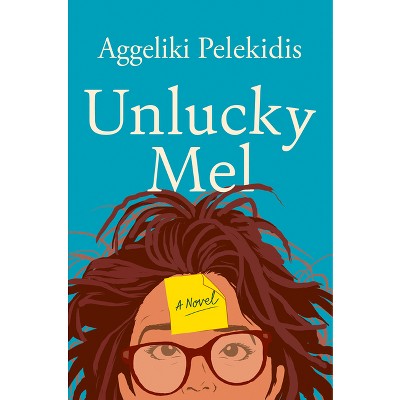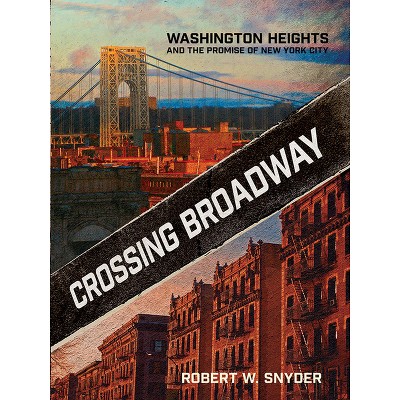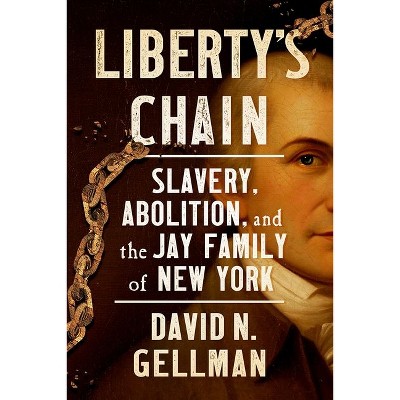Sponsored

Our Lady of the World's Fair - by Ruth D Nelson (Hardcover)
In Stock
Sponsored
About this item
Highlights
- Our Lady of the World's Fair reveals the remarkable story of how two of New York's most influential leaders persuaded the Vatican to allow one of the world's greatest works of art to leave Europe for the first and only time.
- About the Author: Ruth D. Nelson is an instructor in art history at the College of DuPage, and the author of Searching for Marquette. Nelson was selected as a State of Illinois Humanities Council Road Scholar, and she is a recipient of the Rakow Grant for Glass Research from the Corning Museum of Glass.
- 264 Pages
- History, United States
Description
About the Book
"In April 1964, Michelangelo's Renaissance sculpture, the Pietáa, embarked on its perilous transatlantic voyage from Rome to New York to become the blockbuster of the World's Fair, accomplished only through the cooperation of two of New York's most powerful men, Robert Moses and Francis Cardinal Spellman"-- Provided by publisher.Book Synopsis
Our Lady of the World's Fair reveals the remarkable story of how two of New York's most influential leaders persuaded the Vatican to allow one of the world's greatest works of art to leave Europe for the first and only time. Driven by different motives, Robert Moses and Francis Cardinal Spellman had the same vision: to display Michelangelo's masterpiece, the Pietà, in the Vatican's pavilion at the 1964 World's Fair in New York City.
As Ruth D. Nelson gracefully showcases, Moses believed this blockbuster would guarantee the fair's financial success. At the same time, Spellman, Cardinal of New York and the spiritual leader of Cold War America's Catholic community, hoped that at a time of domestic strife and global conflict, the Pietà's presence would have a positive spiritual impact on the nation. Although the fair did not turn out to be the financial bonanza that Moses expected, the Pietà drew record crowds of the faithful, art lovers, and the curious.
Nelson's fascinating uncovering of the intensive planning that went into designing the pavilion, transporting the art piece across the Atlantic, and coordinating Pope Paul VI's visit to New York in 1965--the first papal visit to the Western Hemisphere--demonstrates the sheer scale and opportunity of the two men's endeavors. Our Lady of the World's Fair depicts the skepticism and fierce criticism that faced the two New York power brokers. Rather than letting the negative weigh them down, they united and called on every resource at their disposal to make this unlikely cultural coup possible.
Review Quotes
Our Lady of the World's Fair is a rich and often thrilling account of the lengths US Catholics went to prove their place in the modern world.
-- "American Catholic Studies"The likelihood of such a feat occurring in today's internet age is next to impossible, making this tale from history all the more charming.... Nelson goes into incredibly well-researched and painstaking detail about all of the logistical, financial and practical hurdles that had to be overcome to bring the Pietà to American shores.
-- "National Catholic Register"A captivating and evocative book. Ruth Nelson deftly brings to life some of the wonder and joy that millions of visitors experienced at the Fair.
-- "The Catholic Thing"Nelson's got a winkingly wry sense of humor, but she's first and foremost a scholar. The book is well-researched, grounded in historical context, and neatly subdivided into chapters and sections. But a subtle warmth lights this book from within: The author visited the fair as a child. "Though I do not remember much," she writes, "what remains in my heart is a sense of wonder and happiness." It introduced her to the "Pietà," possibly sparking her interest in art history; she's come full circle with this book.
-- "Hyperallergic"In Our Lady of the World's Fair, Ruth Nelson tells the fascinating story of how the 465-year old sculpture "Madonna della Pietà," better known simply as La Pietà, became its most popular attraction; and how the effort involved playing fields from religion and the arts to hardball city politics and international diplomacy.
-- "Queens Chronicle"About the Author
Ruth D. Nelson is an instructor in art history at the College of DuPage, and the author of Searching for Marquette. Nelson was selected as a State of Illinois Humanities Council Road Scholar, and she is a recipient of the Rakow Grant for Glass Research from the Corning Museum of Glass.
Shipping details
Return details
Trending Non-Fiction






